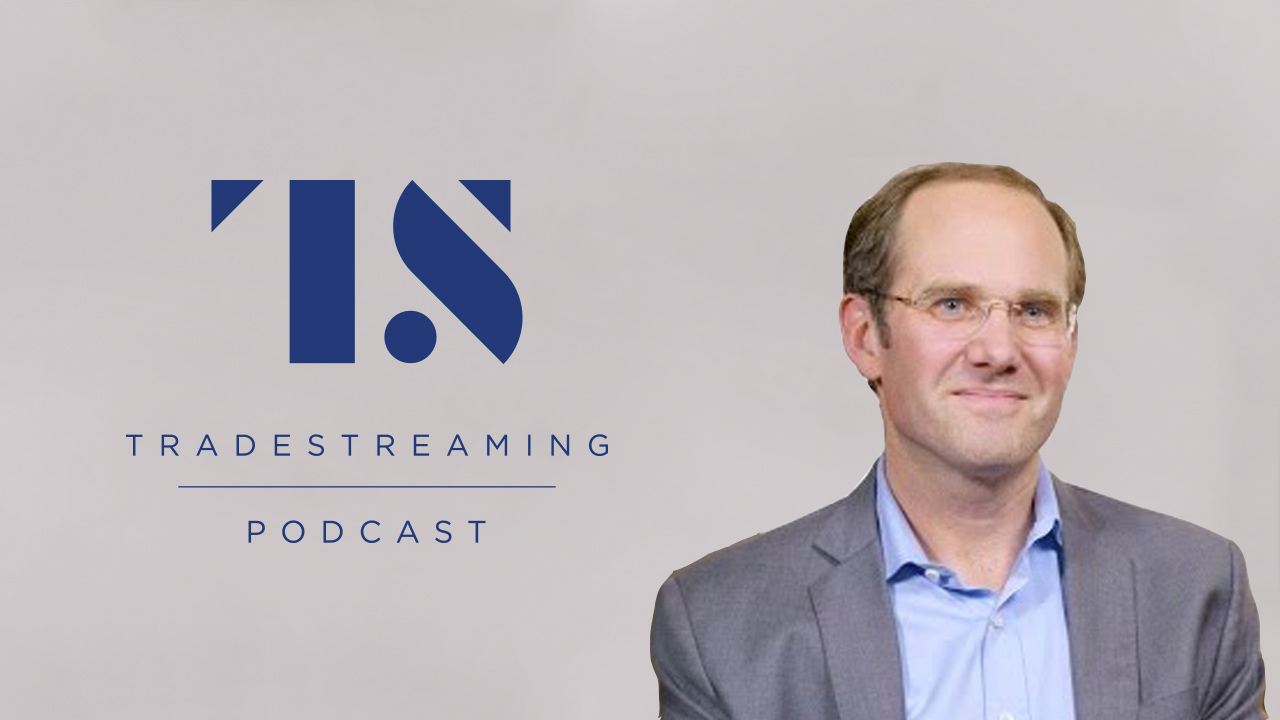Podcasts
How Petal founder Andrew Endicott proved alternative credit works, and what he’s betting on next
- Petal co-founder Andrew Endicott joins Tearsheet Editor-in-Chief Zack Miller to discuss the evolution of alternative credit and lessons from building a billion-dollar fintech company.
- Now as co-founding partner at Gilgamesh Ventures, Andrew shares his investment thesis on AI-powered financial services, compliance technology, and why Latin America represents the next frontier for fintech innovation.
Zack Miller | July 16, 2025
4dFI global fintech podcast, Podcasts
How Wise captured 25% of Brazil’s cross-border market (and what it reveals about fintech’s future in LATAM)
- While attention focuses on Western fintech markets, the most transformative innovations are emerging in Latin America, where countries like Brazil have built instant payment systems surpassing developed markets.
- Wise's Nadia Costanzo explains how the company captured 25% of Brazil's cross-border market through bank partnerships, revealing a collaborative model reshaping finance.
Zack Miller | July 09, 2025
Podcasts
“Embedded investing isn’t a feature — it’s a platform”: DriveWealth’s Harry Temkin on the future of investing
- DriveWealth’s Harry Temkin explains how embedded investment is powering global digital wallets.
- In this podcast with DriveWealth's Chief Digital Officer, we explore the potential in cross border investing, brokerage APIs, real time trading, and more.
Zack Miller | June 11, 2025
Podcasts
Inside Mastercard’s push to move LATAM’s small retailers beyond cash
- In Latin America, 43% of small retail transactions and 90% of B2B payments still happen in cash.
- Walter Pimenta, Executive Vice President of Commercial and New Payment Flows for Mastercard Latin America, joins us to discuss how his team is driving digital adoption while tackling the cybersecurity challenges that have already hit 46% of small businesses in the region.
Zack Miller | June 04, 2025
Podcasts
PayPal’s Embedded Finance Vision: Michelle Gill reveals how cash flow lending is reshaping SMB access to capital
- Small businesses juggle over 15 tools to manage operations, diverting time from their core passions.
- Michelle Gill, who leads PayPal's Small Business and Financial Services Group, aims to reduce this complexity through integrated solutions that help merchants reclaim their time and fuel growth.
Zack Miller | May 07, 2025








